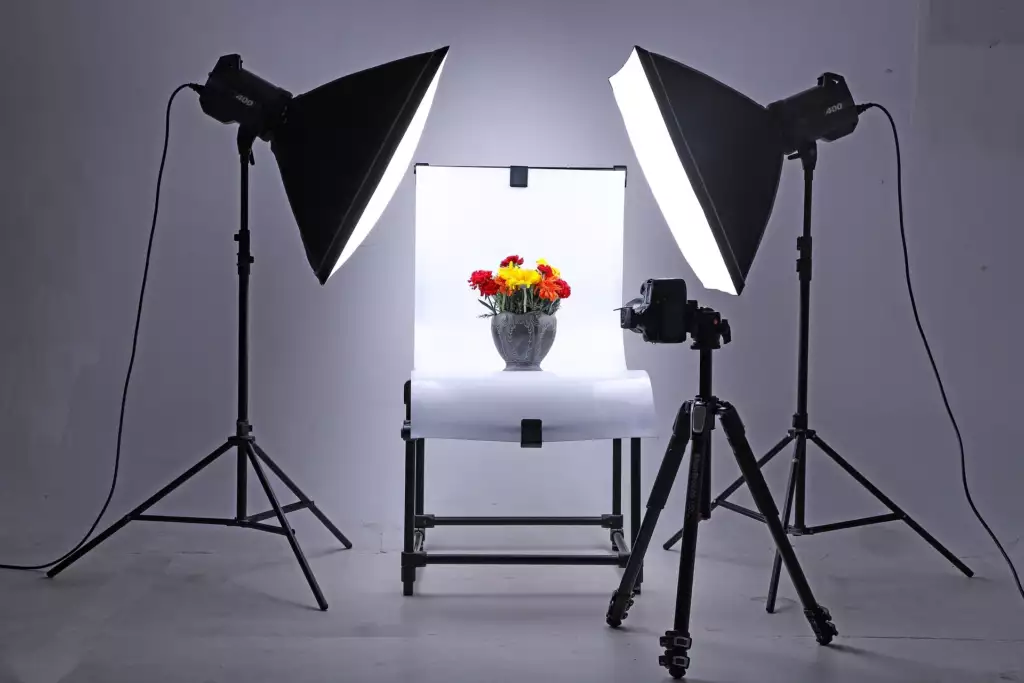
The Art of Lifestyle Photography
Lifestyle photography captures real-life moments in a way that feels genuine and relatable. Unlike traditional portrait photography, which often features posed subjects, lifestyle photography shines a light on individuals in their everyday environments, focusing on authenticity and storytelling. With artificial intelligence (AI) now playing a significant role, lifestyle photography is elevating image quality and transforming how photographers approach search engine optimization (SEO). By harnessing AI tools, photographers can streamline their processes, boost online visibility, and connect more deeply with their audiences. In this article, we’ll dive into the essential elements of lifestyle photography, its journey through time, practical techniques for jaw-dropping shots, the influence of AI, effective SEO strategies, and insights from seasoned photographers.
What is Lifestyle Photography?
Definition and Purpose
At its core, lifestyle photography focuses on real-life scenarios through an artistic lens. This genre aims to catch spontaneous moments that tell a story, moving away from the stiff poses of traditional portraiture. The goal? To create images that speak to viewers, showcasing true emotions and experiences. These photos often reflect a person’s life—whether it’s a family gathering, an adventure outdoors, or intimate personal moments.
Key Characteristics
Several standout features define lifestyle photography:
- Candid Moments: Capturing subjects in their natural surroundings allows for authentic expressions and interactions.
- Emotional Storytelling: Each image tells a story, stirring feelings and memories for both the subjects and the audience.
- Natural Light: Using natural light infuses warmth and softness, enhancing the visual appeal of the images.
These elements combine to create engaging, relatable narratives.
The Evolution of Lifestyle Photography
Historical Context
Lifestyle photography has roots in photojournalism and documentary photography, gaining popularity in the late 20th century. Initially focused on candid snapshots of everyday life, it has morphed into a more artistic style, blending fashion and commercial elements. This shift has enabled photographers to explore creative paths while staying true to the authenticity of daily life.
Current Trends
Today, lifestyle photography is flourishing, with popular themes like outdoor lifestyle photography, capturing people in nature, and family lifestyle photography, highlighting the connections among family members. Documentary lifestyle photography also shines a light on social issues and personal stories, while urban settings contrast the beauty of nature with city life. These trends reflect a growing desire for genuine connections and emotional storytelling in visual art.
Techniques for Capturing Stunning Lifestyle Photos
Planning the Photoshoot
Successful lifestyle photography begins with thoughtful planning. Choosing the right location is crucial; it sets the tone for the story you want to tell. Whether it’s a cozy home, a lively urban environment, or a serene outdoor space, the setting should complement your subject. Timing is key—early mornings or late afternoons provide soft, flattering light that enhances features and creates a warm atmosphere.
Posing and Composition
Natural poses are essential for capturing authentic moments. Encourage subjects to interact with each other or their surroundings to let their personalities shine. Use composition techniques, like the rule of thirds and leading lines, to enhance storytelling. Thoughtful framing helps direct viewers’ focus and evoke emotional responses.
Equipment Essentials
While creativity is the heart of lifestyle photography, having the right gear matters. Recommended camera settings often include a wide aperture for a shallow depth of field, which helps your subject stand out against a beautifully blurred background. Prime lenses with wide apertures are great for low-light situations, while zoom lenses provide versatility for different shots.
The Role of Artificial Intelligence in Lifestyle Photography
AI in Editing and Post-Processing
AI tools are changing the game in post-processing, making it easier for photographers to enhance their images. Tools like Adobe Sensei use machine learning to automate tedious tasks like skin retouching and color correction. This allows photographers to focus on their creative vision rather than getting bogged down in edits. With AI, lifestyle photographers can achieve professional-quality results in a fraction of the time.
AI for Content Creation
Artificial intelligence also streamlines content creation. Automating social media posts and generating photo descriptions helps photographers maintain a consistent online presence. Not only does this save time, but it also allows for more meaningful engagement with the audience. Utilizing AI-driven content creation can boost a photographer’s brand and foster connections with potential clients.
AI-Driven Analytics for SEO
AI’s integration into lifestyle photography extends to SEO strategies. AI tools can analyze audience engagement and preferences, providing insights into what content resonates most. By understanding these analytics, photographers can adapt their portfolios and marketing efforts to align with audience interests. This data-driven approach enhances SEO effectiveness and improves online visibility.
Effective SEO Strategies for Lifestyle Photography

Keyword Research and Implementation
Boosting the online presence of lifestyle photography requires effective keyword research. Finding specific and long-tail keywords—like “lifestyle photography tips” and “candid lifestyle photography”—can significantly enhance search visibility. By grasping the phrases potential clients use, photographers can fine-tune their content to address specific needs.
Optimizing Visual Content
Optimizing visual content is vital for SEO success. Including image alt text and descriptive file names helps search engines understand the content of images, improving search rankings. Additionally, sharing video content related to lifestyle photography can increase engagement and time spent on pages, further bolstering SEO efforts. By diversifying the types of online content, photographers can enhance their visibility in search results.
Building Authority with Quality Content
To establish credibility in lifestyle photography, high-quality content is essential. Blogging about behind-the-scenes insights and tips for capturing stunning shots can draw in potential clients and build a loyal following. Collaborating with influencers in the niche can enhance credibility and widen reach, benefiting both parties while offering valuable resources to readers.
Conclusion
Lifestyle photography is a powerful medium that captures the essence of real-life moments while fostering emotional storytelling and genuine connections. Incorporating AI into photography enhances both the creative and operational aspects—from editing to content creation and SEO strategies. By embracing these advancements and implementing effective SEO tactics, photographers can elevate their craft and reach wider audiences. As you embark on your lifestyle photography journey, remember to embrace authenticity, creativity, and the transformative power of technology to enhance your work and visibility.

